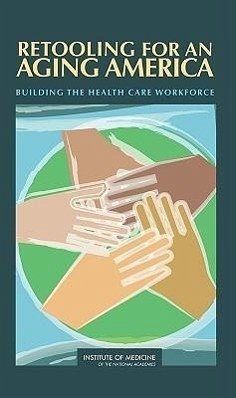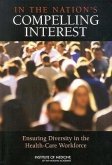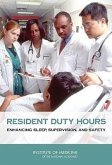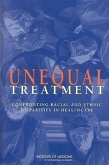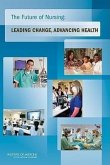This year marks the 30th anniversary of the first report published by the Institute of Medicine(IOM) on the health care workforce for older patients, Aging and Medical Education. That report and others have called for an expansion of geriatric training, but so far the geriatric discipline has grown little in numbers or in stature. This current report builds upon the IOMs broader work in the area of quality. In 2001, the IOMs Crossing the Quality Chasm noted that a major challenge in transitioning to a 21st-century health system is preparing the workforce to acquire new skills and adopt new ways of relating to patients and to each other. The IOM charged the Committee on the Future Health Care Workforce for Older Americanswith determining the health care needs of Americans over 65 years of age and analyzing the forces that shape the health care workforce for these individuals This study considers a range of care settings and health care team members, including professionals, direct-care workers, informal caregivers, and patients. The committee focused on atarget date of 2030by which time all baby boomers will have reached age 65because it allows enough time to achieve significant goals, yet it is not so far in the future that projections become highly uncertain or advances in health care treatment or technologies change the medical landscape too greatly. Although the target year of 2030 may not seem to imply a sense of urgency, the contrary is true, as the preparation of a competent health care workforce and widespread diffusion of effective models of care will require many years of effort.

